.jpg?sfvrsn=6570d7c1_0)
Small islands, big risks: Why Pacific SIDS need a One Health approach to strengthen pandemic prevention
In Pacific Small Island Developing States (SIDS), where land, sea, and communities are tightly interwoven, a health threat in one sector quickly becomes a crisis in another. When a zoonotic disease emerges – from a backyard farm, a contaminated water source, or a degraded ecosystem – it can spread fast and wide, threatening public health, food security, biodiversity, and the tourism economies many islands depend on.
The Pacific’s interconnected ecosystems and limited infrastructure make these countries particularly vulnerable to cascading health and economic shocks. The COVID-19 pandemic exposed just how fragile island systems are to global disruptions, but the underlying risks have long been present. The close relationship between humans, animals, and ecosystems in these small and dispersed islands makes them high-risk zones for disease emergence. Building resilience in SIDS requires rethinking how health is monitored and managed, starting with a One Health approach.
A unique risk landscape
Small Island Developing States face a range of structural challenges when it comes to pandemic prevention. Many rely on centralized but under-resourced health and veterinary systems. In the Pacific, small yet dispersed population and geographic isolation can delay detection and response times, especially in remote outer islands. These constraints are compounded by a heavy reliance on imported food and goods – any disruption in trade or transport can significantly impact food security and healthcare.
Climate change further heightens risk. Rising sea levels, ocean warming, and intensified weather patterns not only threaten food systems and livelihoods but also shift the behaviour and range of disease-carrying species, like mosquitoes and rodents.
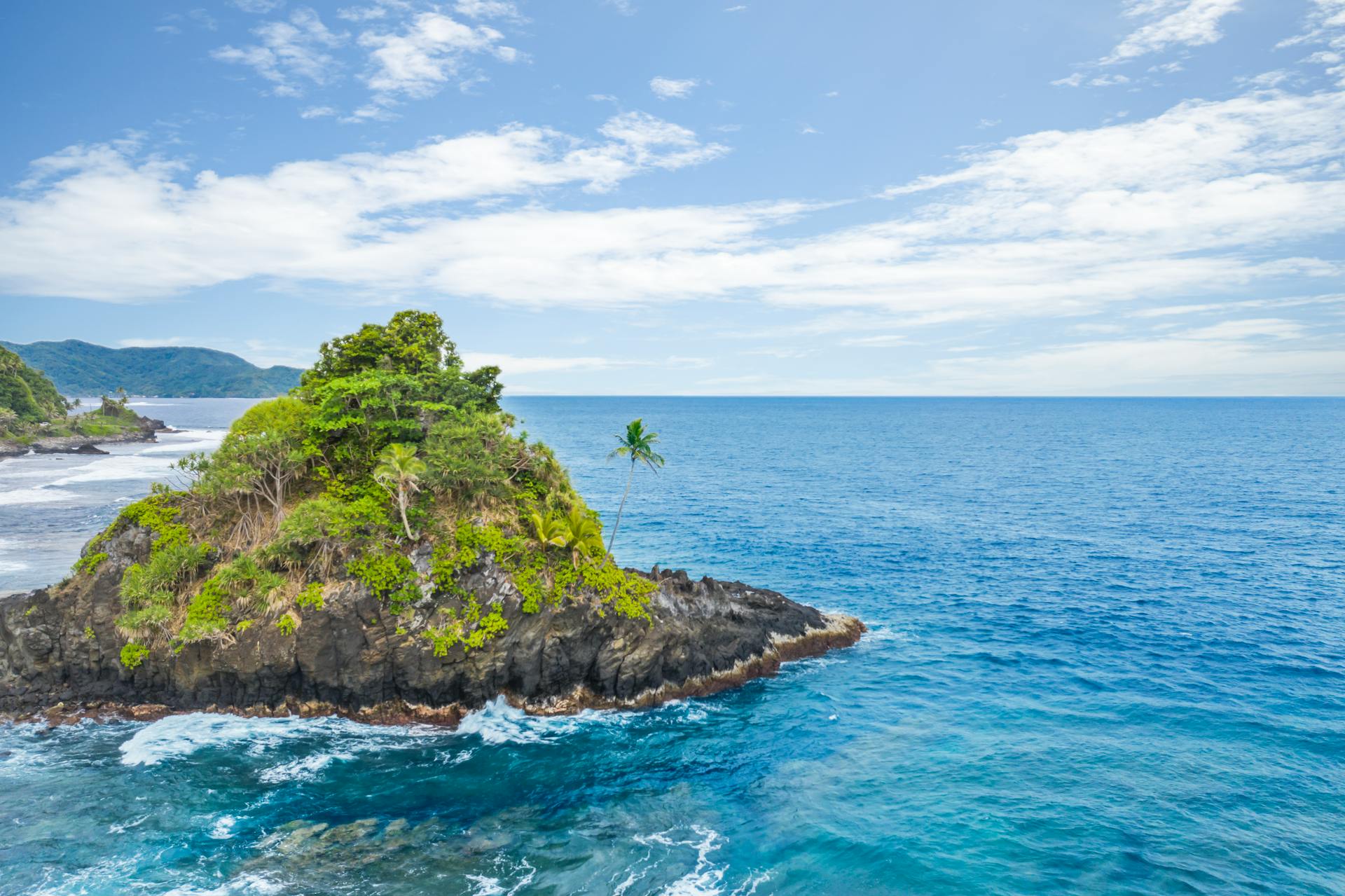
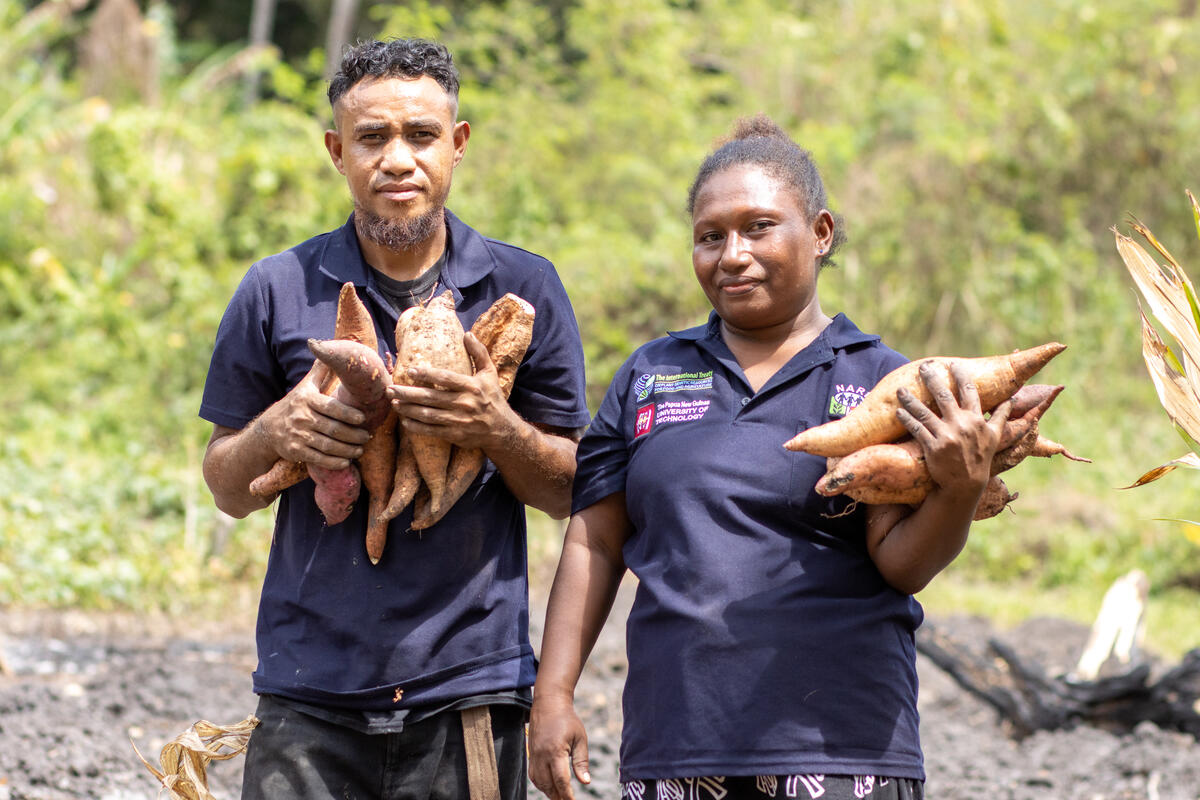
What One Health means for SIDS
One Health is an integrated, unifying approach that aims to sustainably balance and optimize the health of people, animals, and ecosystems. It recognizes that these systems are deeply interdependent, especially in Pacific islands’ settings where communities depend on the ocean and forests for food, income and cultural identity.
In practice, One Health means strengthening cooperation between ministries of health, agriculture, and the environment. It means building surveillance systems that can detect animal diseases early – before they pose a threat to humans – and it means supporting communities to manage ecosystems and natural resources in ways that reduce health risks.
In SIDS, where physical and institutional resources and workforce capacity are often stretched, One Health is not just a public health strategy. It’s a blueprint for resilience – for managing scarce resources more efficiently, preventing crisis before it starts, and ensuring sustainable development in the face of rising global threats.
Samoa shows the way
Samoa is among the Pacific nations leading the way in implementing One Health strategies through support from the Pandemic Fund. Officially launched during G20 meeting in 2022 and hosted by the World Bank, the Pandemic Fund is the first multilateral financing mechanism providing multiyear grants to help low- and middle-income countries strengthen prevention, preparedness, and response to avoid future pandemics. In partnership with FAO and other technical organizations, Samoa is rolling out a national One Health programme that builds capacities across sectors to strengthen early detection and prevention.
The initiative is helping Samoa improve its laboratory infrastructure to diagnose diseases that impact both people and animals, establish better systems for sharing data between health and agriculture ministries, and train frontline staff to recognize and respond to disease outbreaks. In a context where outbreaks can spread quickly and resources are limited; these investments make a critical difference.
The Samoa project is not just about technology or tools – it’s about building relationships and routines for collaboration. It’s about making One Health a practical, everyday approach to how the country protects its people, its animals, and its environment.
Scaling up what works
Across the Pacific, there is a growing interest to mainstream One Health approach. But sustaining this progress requires more than pilots. It demands long-term investment – not only in equipment, but in the institutions and people that make collaboration work. For Pacific SIDS, that means moving beyond short-term projects and ensuring that One Health becomes part of how governments plan, budget, and operate.
“FAO has always been a reliable partner for the Governments to mainstream the One Health approach. This support from the Pandemic Fund will boost our efforts towards more resilient Pacific Islands,” said Guangzhou Qu, FAO Subregional Coordinator for the Pacific Islands.
The Pacific advantage
Pacific SIDS are uniquely positioned to lead on One Health. Their traditional knowledge systems, strong community structures, and deep connections to the environment offer powerful models for integrated health management. In many island nations, the principles of One Health – interdependence, stewardship, collaboration – are not new ideas. They are embedded in cultural values and daily life.
By embracing One Health and leveraging new support from the Pandemic Fund, countries like Samoa are charting a more resilient path forward.
Because on small islands, everything is connected – and that’s exactly where One Health begins.
Find out more
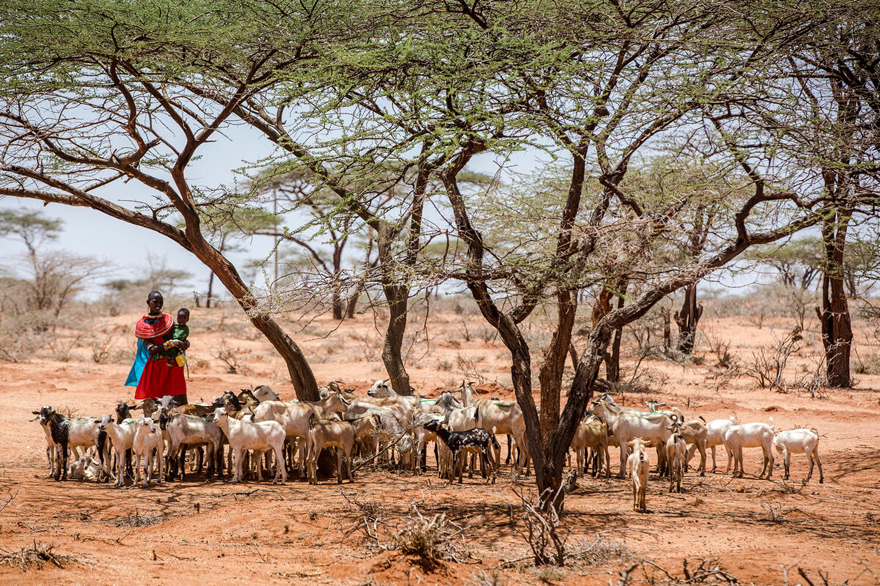
Projects
The Pandemic Fund
FAO is co-leading the implementation of 32 Pandemic Fund projects worth over USD 165 million aimed to boost local and global health security.
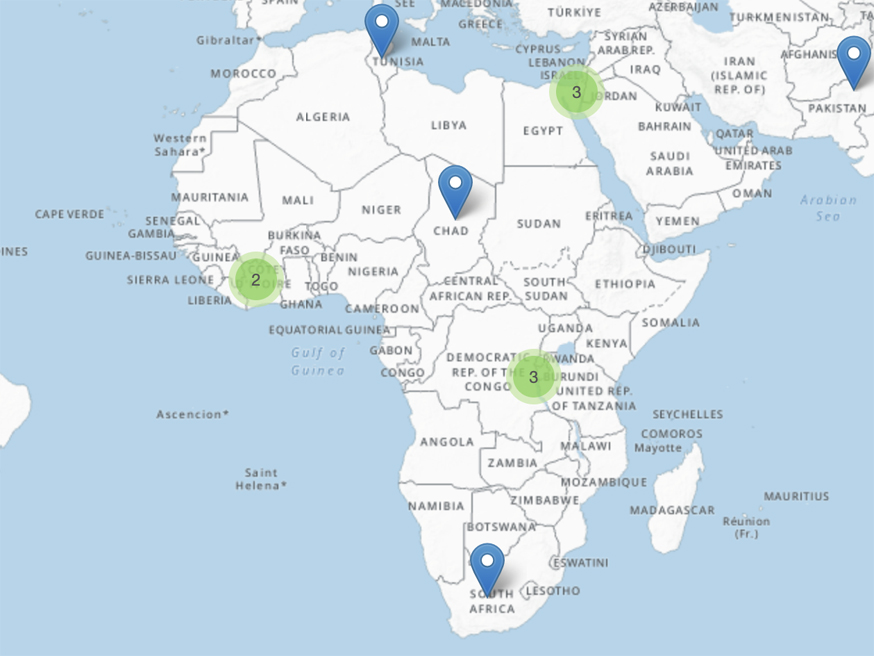
Projects
Pandemic Fund projects
FAO is co-leading the implementation of 32 Pandemic Fund projects worth over USD 165 million aimed to boost local and global health security.
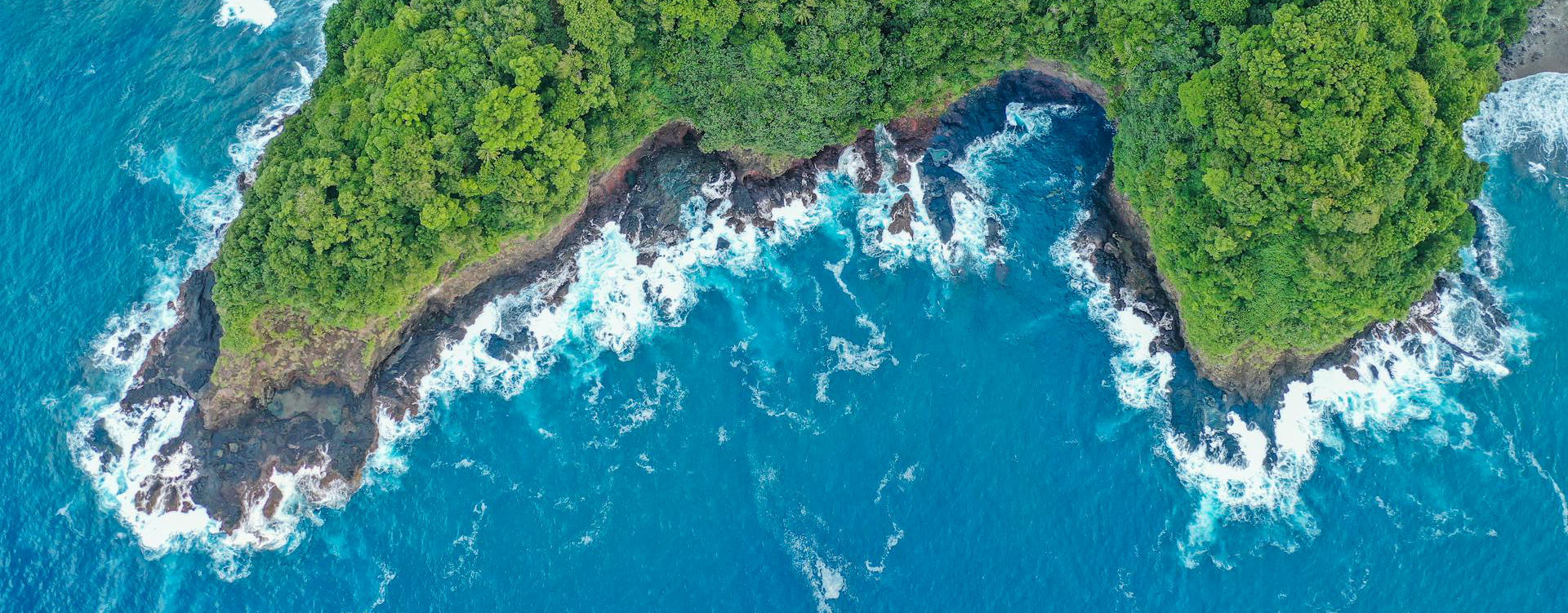
Projects
Samoa: One Health pandemic preparedness and response
This project seeks to strengthen Samoa's ability to prevent, detect, and respond to public health emergencies through a comprehensive One Health approach.
